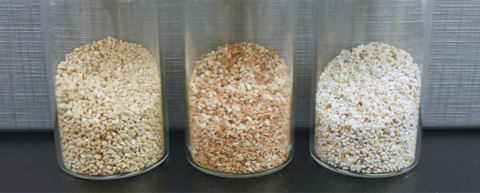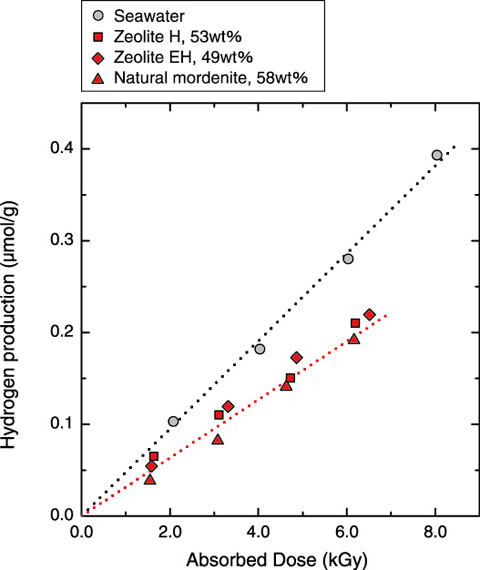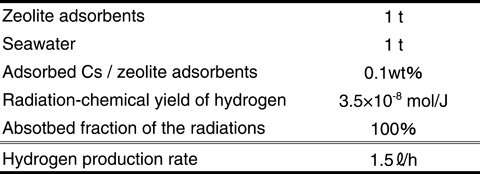
Fig.1-48 Photograph of the zeolite adsorbents used in this study

Fig.1-49 Hydrogen from mixtures of zeolites and seawater
Table 1-6 Evaluated hydrogen production and assumed condition of the waste zeolites

Safe storage of waste zeolites is important for stable water treatment operations at the TEPCO’s Fukushima Daiichi NPS (1F). Because the treatment uses zeolite adsorbents for removal of radioactive materials from contaminated water, highly radioactive waste zeolites are generated. A similar water treatment method was applied after the accident at Three Mile Island (TMI), and the obtained experience serves as a useful reference. However, the water in 1F contains salts from seawater, which makes the situation different from that of TMI.
Hydrogen (H2) control is necessary for the safe storage of the wastes, because the radiolysis of residual water in the wastes produces H2. However, the prediction of H2 production is difficult, because porous ceramics such as zeolites are considered to affect water radiolysis. The reaction scheme for H2 production in the presence of ceramics has not been established. Hence, further studies are required for evaluating the effect of zeolites on the radiolysis of water containing salts.
Mixtures of zeolites and seawater were irradiated with γ-rays, and the quantity of generated H2 was measured. Three types of zeolites (Fig.1-48) were used. Zeolites H and EH were supplied by KURION. Zeolite H has actually been used at 1F. Natural mordenite was supplied by SHIN TOHOKU Chemical Industry.
Fig.1-49 presents the results. The produced quantities of H2 were comparable for the three zeolites. Based on the results, the H2 production from the waste zeolites was estimated assuming the conditions shown in Table 1-6. The radiation-chemical yield of H2 indicates the H2 production per unit energy deposition by the γ-rays. The highest value of the yield in the experiment, 3.5 × 10-8 mol/J, was used, and the H2 production was determined to be 1.5 L/h at standard temperature and pressure.
A more conservative evaluation can be obtained using the H2 yield of the radiolysis of seawater. As shown in Fig.1-49, seawater in the absence of the zeolites produces more H2 than the mixtures with zeolites.
In future studies, we are planning to investigate H2 production under various conditions in order to provide more precise evaluation of the H2 production from the waste zeolites.